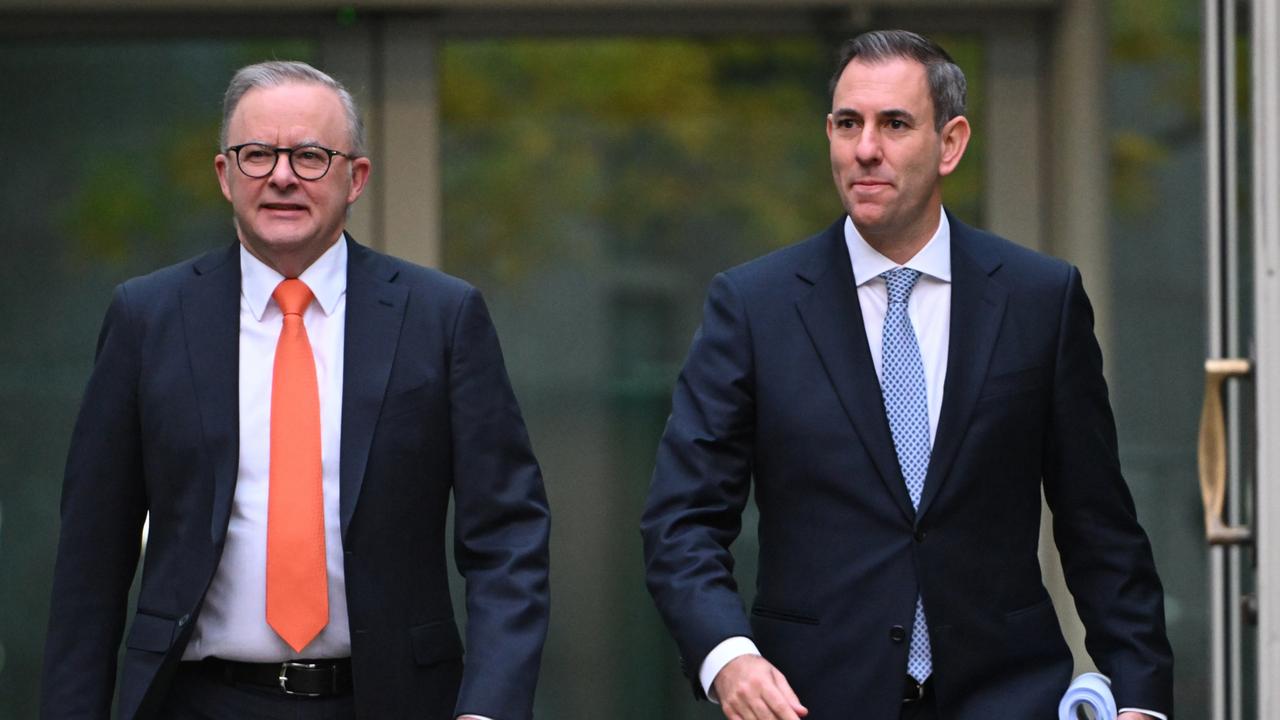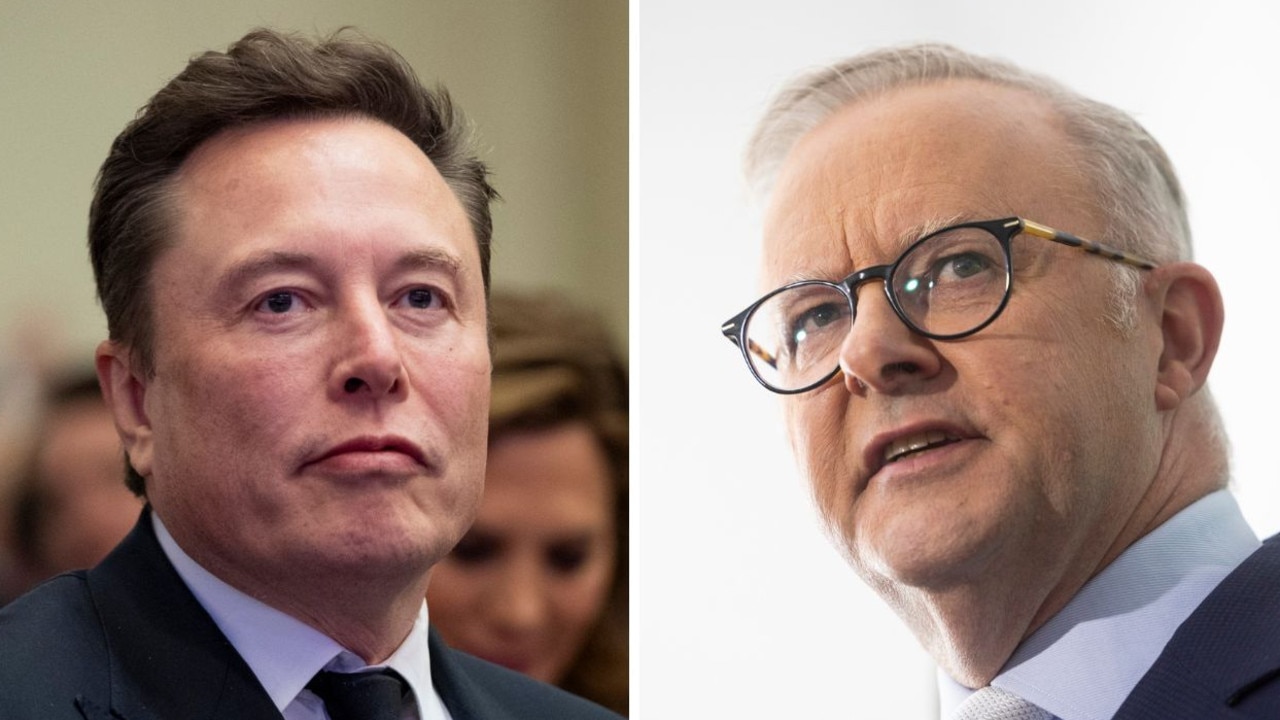Opinion: Are voters switching off the hard sell?
POLITICAL parties spend tens of millions on TV ads even though few of us see them. So is it a waste of money or is the social media ‘wake’ they cause worth the risk?
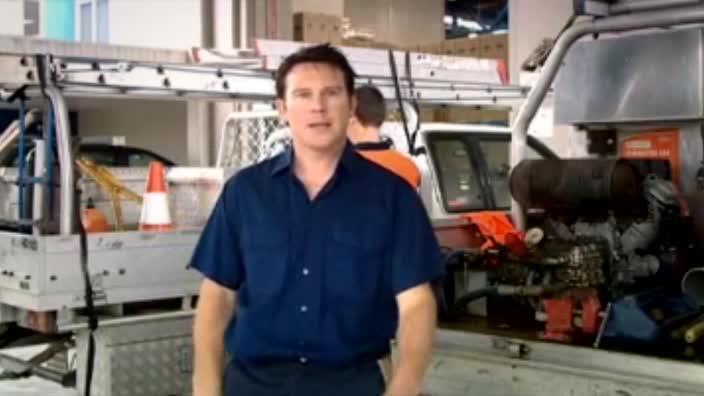
Analysis
Don't miss out on the headlines from Analysis. Followed categories will be added to My News.
IT’S rare for an election campaign advert to be remembered long after the last vote is cast.
But I’m betting strategists will be talking about Bob Katter’s smoking gun and the Coalition’s “tradie” for many a year to come.
If you listen to popular chatter there are three truths surrounding television election advertisements.
‘FAKE’: Tradie tracked down to north shore
Few Australians watch them, no one actually likes them and their impact on election outcomes is therefore largely worthless.
In an age when technology meets political cynicism, the TV remote – with the power to silence or banish political leaders – is almost as mighty as the ballot itself.
But is this really true? Are political ads a waste of time and campaign money? Yes, and no.
There’s little doubt the power of televised election ads has been vastly diminished by Web 2.0 technology. More than a decade ago, 90 per cent of us couldn’t help but see TV ads. Today, social media rivals the box as sources of both news and advertising. And, since search engine algorithms pitch us adverts aligned to our existing personal preferences, it’s never been easier for web users to avoid political ads altogether.

Yes, the job of the campaign director is harder than ever.
So why do the parties still spend tens of millions of dollars on expensive ads too few see? There are two reasons.
If one side refuses to fill a media space – no matter how archaic or irrelevant – then its rival will fill it instead. That’s why parties engage with every media platform, even though audience exposure might be small. Fewer of us might be watching TV ads, but parties cannot allow their competitors to steal the march.
That’s why TV ads, while unlikely to be decisive in their own right, work best in conjunction with a range of other advertising and public relations forums. When seen as an overarching package, television, radio, newspapers – even billboards and mailbox pamphlets – collectively maintain a continuous campaign presence that, ideally, constructs a narrative of competency and wins over your vote.
But TV ads that create a second splash can be more effective still, especially when viral videos can so easily spark social media fires. Like the wake of a boat on a river, it’s what the advert leaves behind that can make or break a campaign.
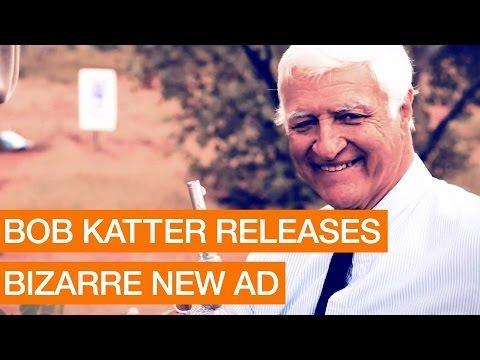
That’s why Kennedy MP Bob Katter’s ad is such an important case study. Whether by accident or by design, Katter has successfully created a media “wake” with a controversial pitch aimed squarely at economic protectionists fearful of foreign investment.
That core message was never going to win over downtown Brisbane or Sydney, but his addition of a smoking gun and two “dead” major party candidates – and the publicity that contentious image created at the hands of what Katter calls political correctness – virtually guarantees the MP’s re-election in a seat he almost lost in a 16 per cent swing in 2013.
Put simply, Katter’s ad did the job it was designed to do because it – propelled by a social media “wake” – successfully “positions” Katter in an “us and them” context.
Compare that to the Coalition’s train wreck “tradie” ad. The concept behind this “slice of life” ad is solid. The pro and anti-WorkChoices ads a decade ago were powerful because ordinary folk (actually, just actors) convinced one another of the policy’s virtues and failings. Voters like to identify with and hear messages from, one of their own.
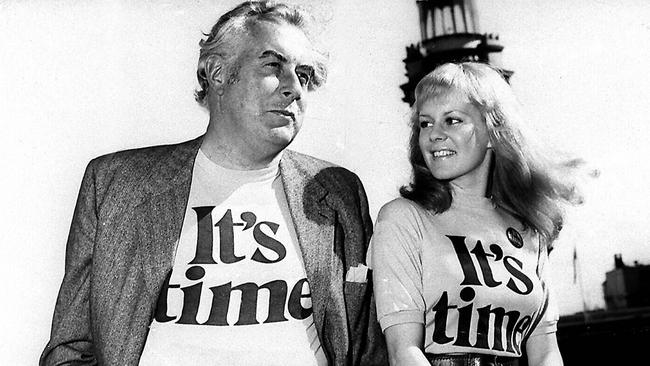
But “slice of life” strategies are increasing perilous. With a generation of savvy voters raised on a diet of reality TV, viewers will reject anything that looks over-rehearsed. I suspect that’s one reason why Labor leader Bill Shorten, whose sound bites and zingers sound all-too-stilted, has failed to cut through.
Had the tradie ad been more carefully constructed, its pitch to aspirational voters struggling to identify with Labor or the Greens could have worked. But clumsy production values (spot the microphone in the tradie’s shirt?), an unconvincing script (what tradie vigorously defends the banks?) and careless attention to detail (a loose bracelet on a worksite?) have been grist for the viral video mill.
The Coalition has indeed created a social media “wake”, but the wave quickly ebbed backward and now clouds the Government’s “position” for the very people it was designed to win over.
The days of the all-powerful, vote-switching ad are probably over. We’ll probably never see another 1964 “Daisy” commercial that frightened Americans into voting for LBJ, or a 1972 “It’s Time” pitch that got Gough Whitlam over the line.
But given that your vote choice is far too important to pivot on a single emotional advertisement, that’s probably a good thing.
Dr Paul Williams is a senior lecturer at Griffith University’s School of Humanities
Twitter: @PDWilliams1
Originally published as Opinion: Are voters switching off the hard sell?

